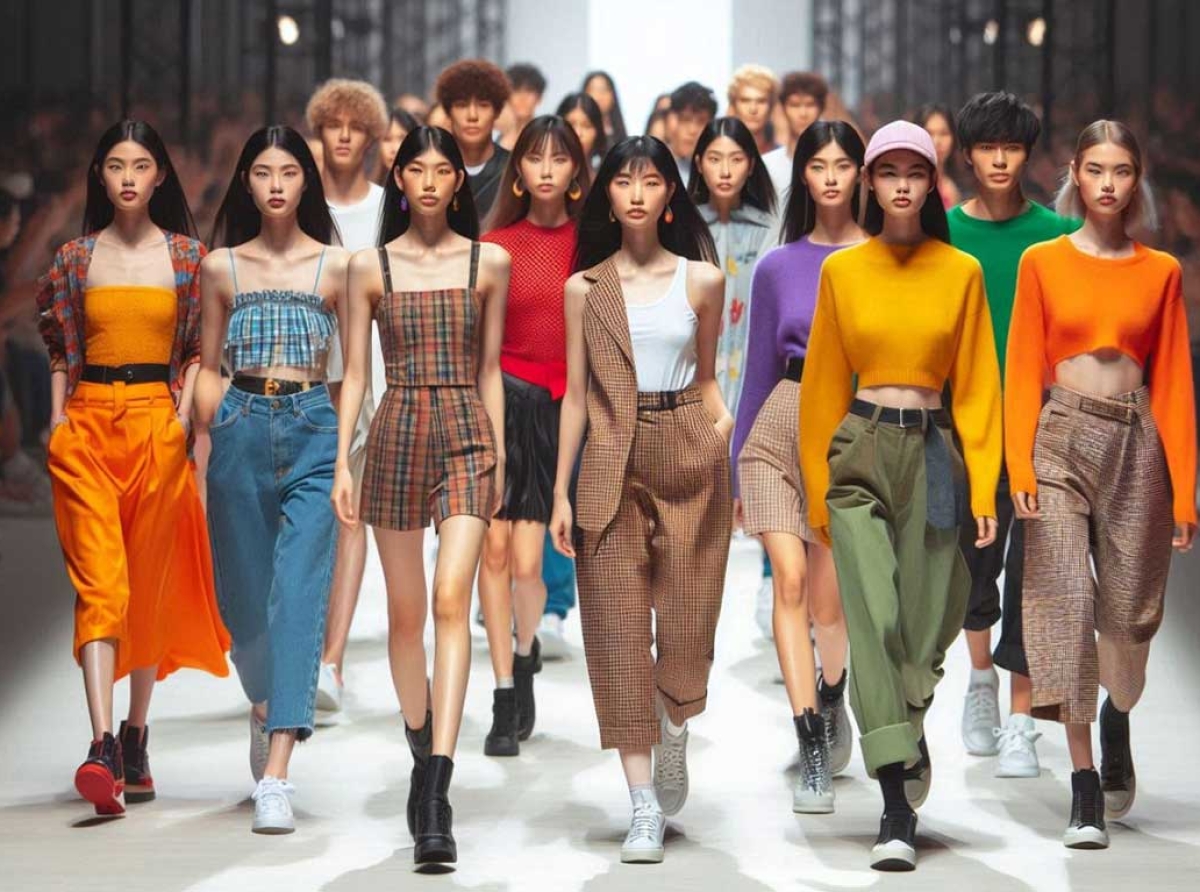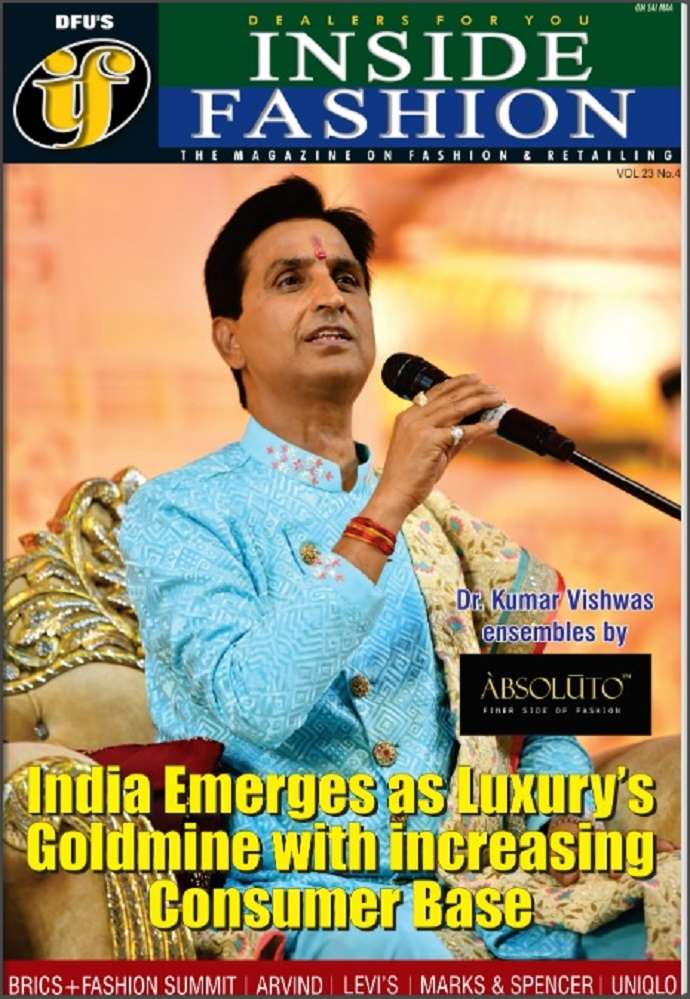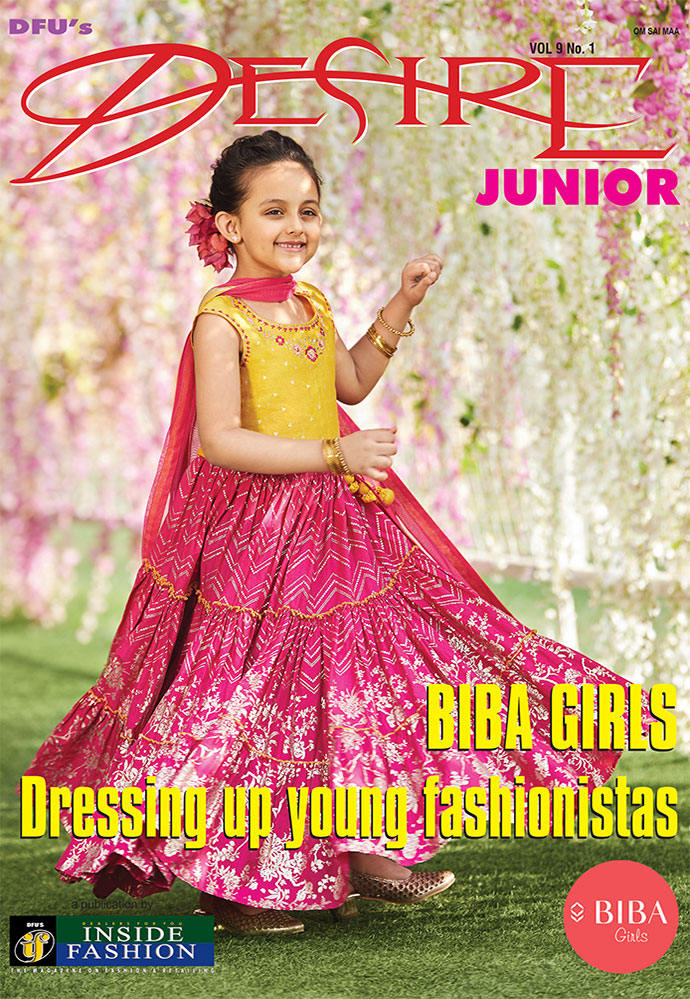Wrap-up 2024 Fashion Forward: Five strategic shifts reshaping India's fashion scenario

06 January 2025, Mumbai
The Indian fashion segment has seen a lot of changes in the past few years, and 2024 too came with its set of trends. From embracing digital platforms to championing sustainability, homegrown brands and retailers are adopting innovative strategies to cater to the evolving demands of a new generation of consumers.
Here are five of the most significant shifts:
1. The digital-first revolution
With the rise of e-commerce and social media, fashion brands are increasingly prioritizing a digital-first approach. This involves creating engaging online experiences, leveraging social media marketing, and investing in data analytics to understand consumer preferences.
For example, initially a personalized gifting platform, Myntra went on to become a leading online fashion retailer. Recognizing the growing preference for online shopping, Myntra invested heavily in its app, offering features like virtual try-ons and personalized recommendations.
This shift has paid off, with Myntra capturing a significant share of India's online fashion market. What prompted the shift was the increasing penetration of smartphones and internet access, coupled with the convenience of online shopping. Now, Myntra has become synonymous with online fashion in India, boasting a vast user base and driving significant revenue growth.
2. Eco-conscious fashion in focus
Consumers are more conscious about the environmental and social impact of their fashion choices. Brands are responding by incorporating sustainable practices throughout their supply chains, from sourcing eco-friendly materials to reducing waste and promoting ethical production.
House of Anita Dongre known for its exquisite traditional wear, has made significant strides in sustainable fashion. The brand uses natural and recycled fabrics, supports local artisans, and promotes fair labor practices.
This commitment to sustainability resonates with environmentally conscious consumers and enhances the brand's image. The change has enhanced brand reputation, attracting a loyal customer base that values sustainability and ethical practices.
3. Inclusivity and body positivity
The Indian fashion industry is moving away from traditional beauty standards and embracing inclusivity. Brands are featuring models of diverse sizes, ethnicities, and abilities in their campaigns and offering a wider range of sizes and styles to cater to all body types.
Zivame, a leading lingerie brand, has challenged conventional norms by featuring diverse models in its campaigns and offering a wide range of sizes and styles. This inclusive approach has resonated with women across India, empowering them to embrace their bodies and celebrate their individuality.
What prompted the shift was the changing societal attitudes towards beauty and body image, with a growing emphasis on inclusivity and representation. It helped in expanding customer base, fostering a sense of community and empowering women to feel confident and comfortable in their own skin.
4. Bridging the Online and Offline Gap
Brands are adopting an omnichannel strategy, integrating their online and offline presence to provide a seamless shopping experience. This involves offering features like click-and-collect, in-store returns of online purchases, and personalized recommendations across channels.
For example, FirstCry, a leading retailer of baby and kids products, has successfully implemented an omnichannel strategy. Primarily known for its strong online presence, FirstCry also operates a vast network of physical stores across India. This allows customers to browse and order online, then pick up their purchases at a convenient store location.
They can also return or exchange items purchased online at a physical store. This integrated approach provides flexibility and convenience, enhancing the customer experience.
Recognizing that parents often prefer to physically examine products for their children before purchasing, FirstCry expanded offline to cater to this need while maintaining the convenience of online shopping. It helped in increasing customer satisfaction, wider reach, and stronger brand loyalty by catering to diverse shopping preferences.
5. Personalization: Tailoring the fashion experience
Brands are leveraging data and technology to personalize the fashion experience for individual customers. This involves offering customized recommendations, personalized styling advice, and curated product selections based on individual preferences and purchase history.
Nykaa, a beauty and fashion retailer, is the best example. It uses data analytics to personalize product recommendations and offer a curated shopping experience. The platform also provides personalized beauty advice and tutorials, catering to individual needs and preferences.
They took these steps to enhance customer engagement and provide a more relevant and tailored shopping experience. It helped in increasing customer loyalty, higher conversion rates, and improved customer lifetime value.
These strategic shifts reflect a dynamic Indian fashion industry that is adapting to changing consumer preferences and embracing innovation. By prioritizing digital platforms, sustainability, inclusivity, omnichannel retail, and personalization, brands are creating a more engaging, responsible, and personalized fashion experience for consumers across India.
























